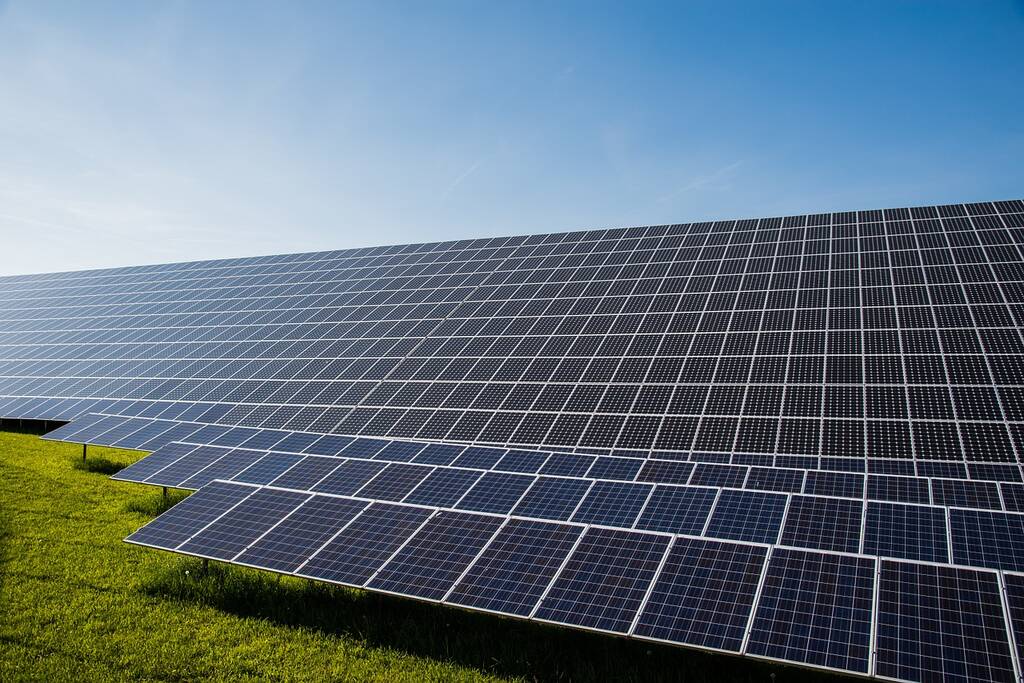The Current Situation
Already in 2020 the International Energy Agency (IEA) stated in its Annual Report: Solar energy is the cheapest source of electricity! Cost for newly constructed generation capacity has dropped by 80% in the last decade, largely due to lower solar panel cost and increased system reliability.
Using CO2-neutral energy is urgently needed, as climate-relevant emissions have increased by more than 63% since 1990. Electricity generation increased by 127% over the same period of time, adding a significant impact on CO2 emissions.
Obviously therefore, electrification of road and rail transport must include less harmful electricity production. Fortunately, this conclusion is no longer controversial.

Coal-based power generation has declining internationally, despite Germany’s weak performance in the phase-out. However, usage of natural gas has been on the increase. Natural gas is better than coal, but it is far from good – it is a one-time resource on the planet after all. And not all gas is created equal: If gas is not merely burnt off during oil production but put to productive use, it is a benefit. If it is produced by fracking in Germany or North America we’re looking at a problem.
Where do we want to go from here?
Back to solar energy: It is already the cheapest source of electricity today. Nevertheless, the US Department of Energy (DOE) is investing more than a hundred million dollars to reduce the cost of photovoltaics and solar thermal energy by 60% in the coming decade. The cost target is 2 US cents per kilowatt hour of solar energy by 2030.
The current cost level is 4.6 US cents per kWh. In comparison, the wholesale price in Germany averaged 3.1 Euro cents per kilowatt hour in 2020 (approximately 3.6 US cents). Germany apparently still has an edge there.
However, given the slow but expensive German coal exit, the de facto end to the expansion of wind energy on German mainland and the sluggish implementation of EU-mandated improvements for regenerative energy production, Germans cannot be satisfied. For example, as a contribution of a responsible administration, solar roofs and solar facades should be mandatory for all public buildings.
What can we do as individuals? First, pushing for expansion of solar power systems wherever possible, both in our private and professional lives. Second, you might want to drive an electric car, if you must drive at all. If so, charge it during the middle of the day, when solar power production exceeds demand.
And of course: Please spread the word!
This article was also published on LinkedIn.
You may also want to read: Photovoltaics are Contagious
Kommentare
10 Antworten zu „Solar Energy is the Cheapest Power Source“
This is a great tip particularly to those new to the blogosphere.
Simple but very accurate information… Thanks for sharing this one.
A must read article!
Great report! Incredibly educational and well written. You protected the topic in great detail and delivered fantastic examples to back up your points. This article will be an excellent source for all those looking to find out more in regards to the subject. Many thanks for the great work!
Good post! Quite enlightening and well prepared. You lined the topic in terrific detail and furnished exceptional illustrations to again up your points. This article will be a fantastic useful resource for all those seeking To find out more regarding the subject matter. Many thanks for the good function!
This is a fantastic publish! It is brimming with practical facts and it’s created in a fairly easy-to-realize way. I Particularly enjoy how the put up was backed up with investigate and actual-entire world examples. Well accomplished!
This is such an informative and well-written article! I appreciate the thorough research that went into this. Thanks for sharing your knowledge!
This is a great website!
Thank you, great post…
The commitment will make Google “the world’s biggest corporate buyer of renewable energy, with commitments reaching two.six gigawatts of wind and solar energy”.
Thanks, very interesting blog!
I’ve been surfing online more than 3 hours today, yet I never found any interesting article like yours. It is pretty worth enough for me.
In my opinion, if all site owners and bloggers made good content as you did, the web will be a lot more useful than ever before.